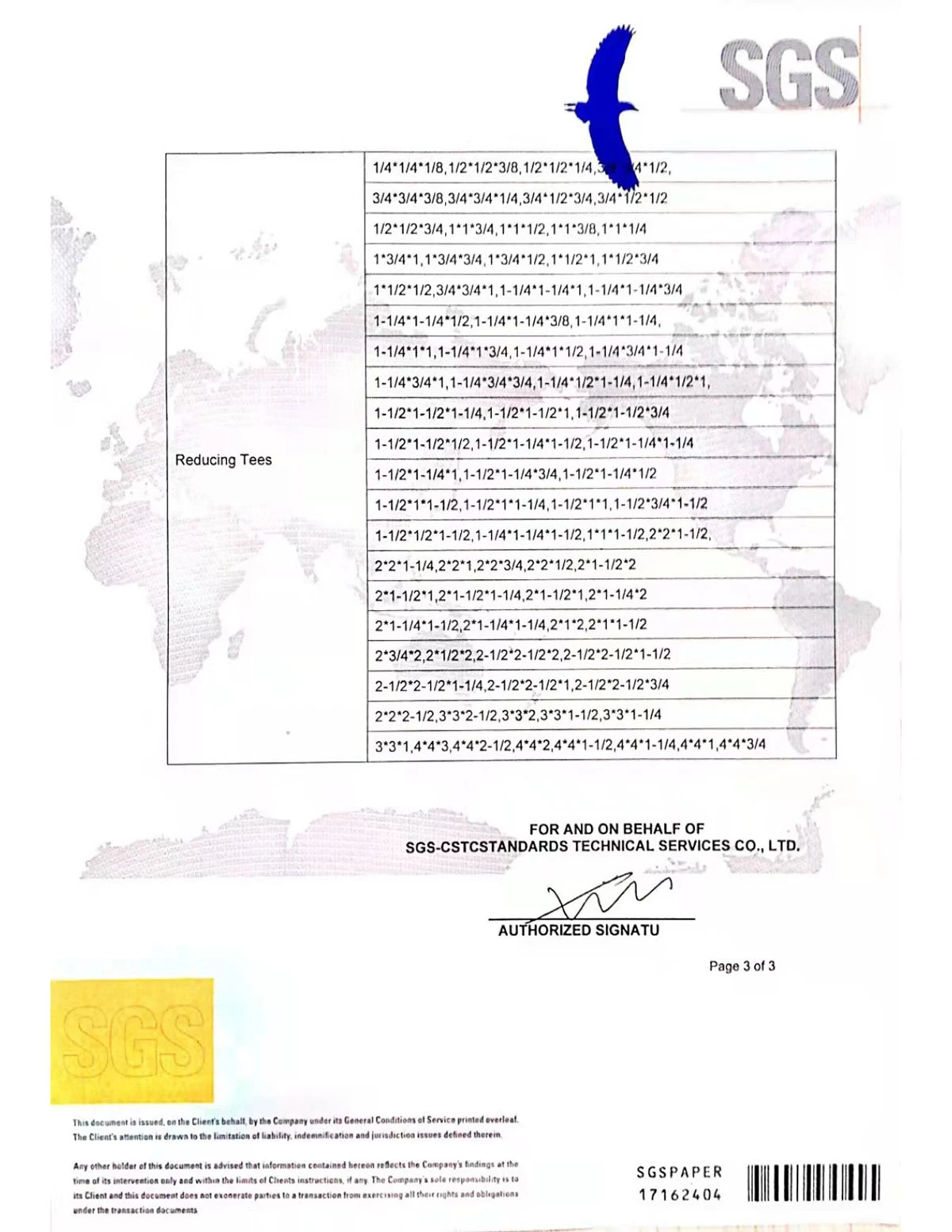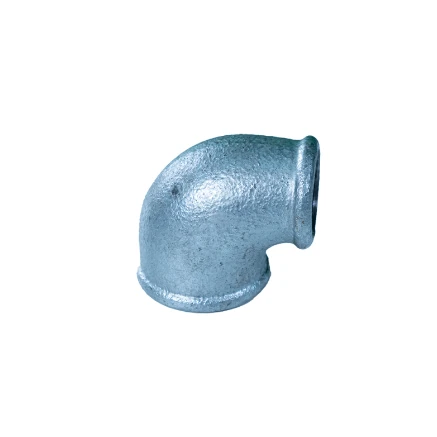Dated on Feb-10-2025


Validating the authority of a choice involves consulting standardized guidelines. Institutions such as the American Society of Mechanical Engineers (ASME) and the International Organization for Standardization (ISO) provide researched-backed standards which ensure that the selected reducers will meet necessary safety and performance benchmarks. Following these stringent guidelines not only assures compliance but also aligns with the latest technological advancements and industry practices. The trustworthiness of concentric reducers in a system is non-negotiable, especially where system failure can lead to costly downtimes or even catastrophic failures. This is why rigorous testing and quality assurance processes are essential. Manufacturers of high repute follow protocols that involve hydrostatic testing, X-ray verification of welds, and material hardness certification, all designed to ensure that each reducer conforms to the highest standards of quality. It’s also recommended for industries to obtain reducers from certified suppliers who have a track record of consistency and reliability. Trust built through transparency and dependable performance is invaluable. Engaging with real-world testimonials and learning from shared user experiences through forums and professional networks can provide insight into the best brands and models. This wealth of shared knowledge serves as an assurance to new buyers about the reliability and efficiency of their investment. In conclusion, the choice and use of concentric reducers should never be underestimated. They signify more than just connectors—they are facilitators of fluid efficiency and guardians of system stability. With the right materials, adherence to recognized standards, and implementation of stringent quality checks, industries can maximize the benefits offered by these inconspicuous yet impactful components. Investing in quality concentric reducers is not just about meeting an operational need; it is about safeguarding an entire system’s effectiveness, ensuring longevity, and upholding a commitment to excellence within industrial processes.
Post time: Feb-10-2025
Related PRODUCTS









